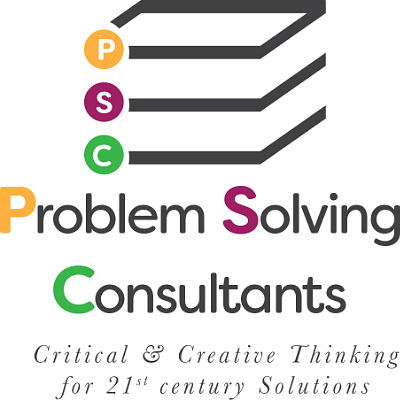Do you know what it takes for a leader to be a problem solver? Do any of us really know? Does it take a special set of skills? Or does it simply take the skills of knowing that a problem is upon us and decisive action is needed to resolve it? At this time of year, with the Fourth of July holiday upon us, I think of the men and women who recognized the problems existing between the colonies and England. When you look at them as individuals, nothing of great note stands out. They were simply men and women faced with a situation that was thrust upon them, perhaps by actions they had taken but thrust on them nonetheless. Each of them brought a particular skill to the solution which was ultimately implemented. Acting alone, none of the founding fathers would have been able to accomplish what eventually led to the independence of the American colonies and the form of government which evolved. But acting in concert, even agreeing to disagree, the leaders of the American Revolution achieved what many thought was impossible – independence from England and a stable, growing new nation.
So what does this have to do with problem solving? As leaders and managers you have a responsibility to your organization to maintain and increase its success. But do you have all the skills necessary to do this on your own? I’m going to hazard a guess that you don’t. But the wise and confident leader will recognize problem solving skills in others and utilize their abilities to insure the success of the organization. Problem solving is not always a solo act. More often than not it is a collaborative effort. That effort will succeed if you, as the leader, utilize the skills of a professional problem solver to help insure that everyone keeps their focus on the goal. Don’t forget – any goal can be achieved so long as it truly does not matter who gets the credit.
